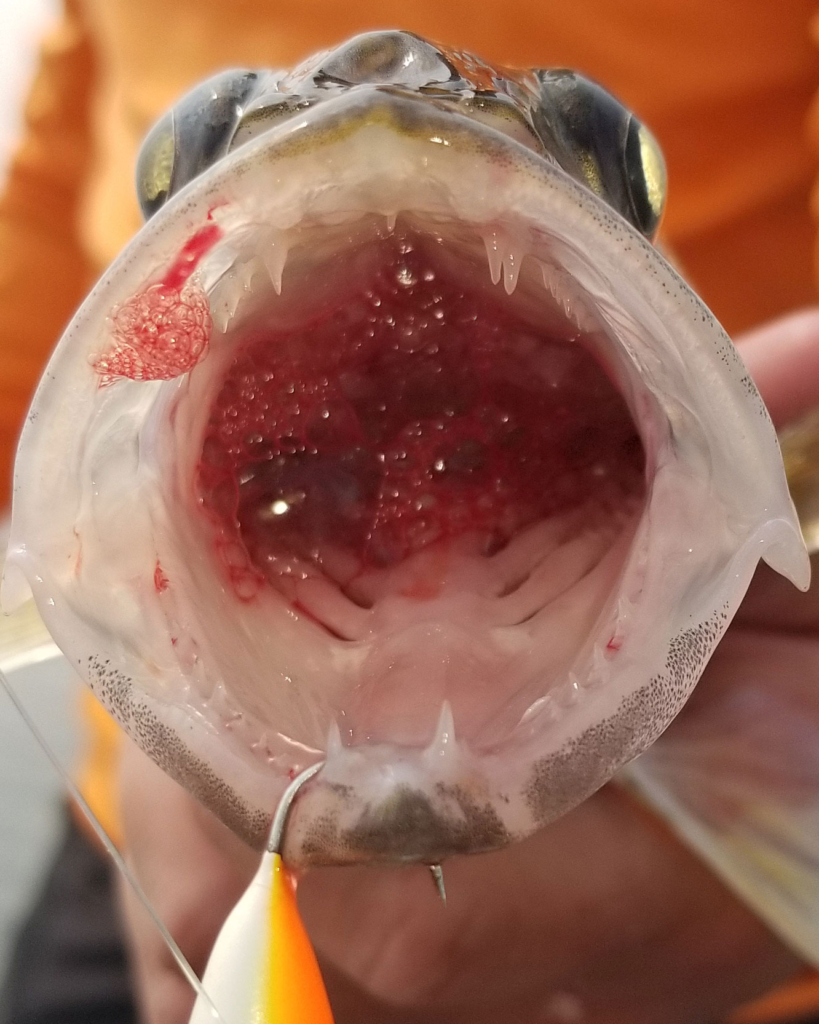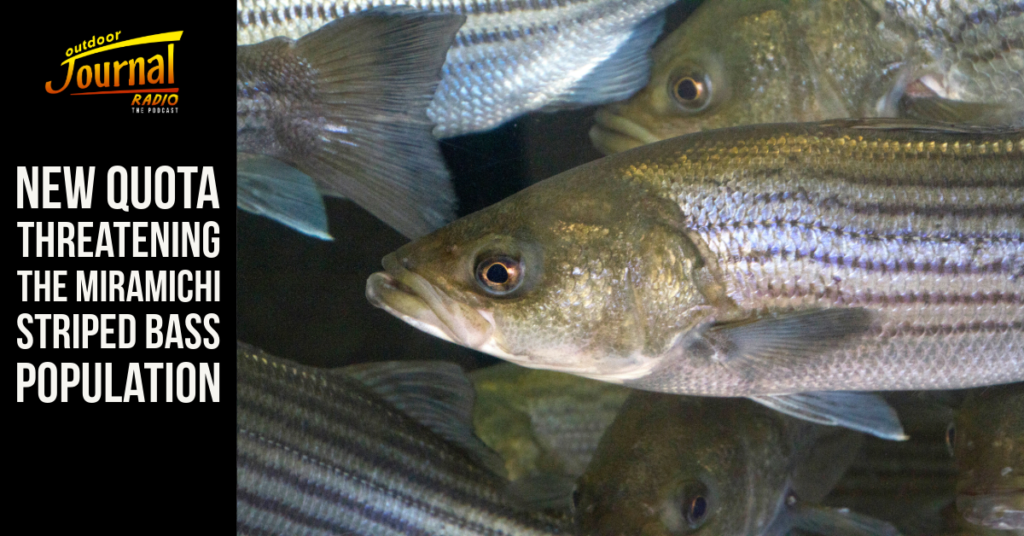As heard on the latest episode of Outdoor Journal Radio, a new study from Angling Buzz may have given us the depth at which catch and release Crappie fishing is no longer effective.
The Study
According to Angling Buzz, the idea for testing the catch and release effectiveness for deep water Crappie came from the explosion in popularity of Forward Facing Sonar (FFS) such as Garmin LiveScope for ice fishing, making the once hard-to-find schools of offshore Crappie “easy pickings” for those who are good with the technology.
To test how vulnerable these schools could be during the winter, Angling Buzz took to the ice with the Minnesota DNR to study Crappie Barotrauma.
For this study, fifty crappies were caught out of three different lakes. The fish were then measured, had their fin clipped, and the severity of crappie barotrauma was recorded.
The fish were then released into a hoop net that was extended from the water’s surface to the bottom (see video below) and, the following day, the nets were pulled and the results were recorded.
Results of the Catch and Release Crappie Study
Lake 1: 32ft Basin, Fish Caught in 28ft

Lake 2: 28ft Basin, Fish Caught in 16-24ft

Lake 3: 29ft Basin, Fish Caught in 22-26ft

As you can see above, the fish caught in the deepest water, and closest to bottom had the lowest survival rate of all that were caught. And this is not surprising given what we know about barotrauma.
According to the North Dakota Fish and Game, “Barotrauma refers to injuries (i.e., trauma) caused by changes in barometric or water pressure. People can experience barotrauma symptoms while flying in an airplane, driving in the mountains or diving underwater. Fish reeled up from deep water can also experience barotrauma.”
North Dakota DNR goes on to say that “the most common symptoms are bulging eyes, gas bubbles formed under the skin, bleeding gills or an expanded swim bladder that pushes the stomach out of the fish’s mouth.”

And finally, “When the latter occurs, released fish cannot right themselves or swim back to their original depth. Fish unable to submerge are subject to stress from higher surface temperatures or sun exposure, being struck by boats, or increased predation as they become easy prey for birds like gulls or pelicans.”
This latter point was what many critics of this particular study took issue with in the comment section, with many claiming that the methods and the nets used did not give the Crappie any chance to return to depth, skewing the study and, ultimately, giving catch and release fishing a bad name.
What do you think about this study? Watch the video and let us know what you think in the comments below!
For more information on Catch and Release Fishing, check out our three-part series below:








